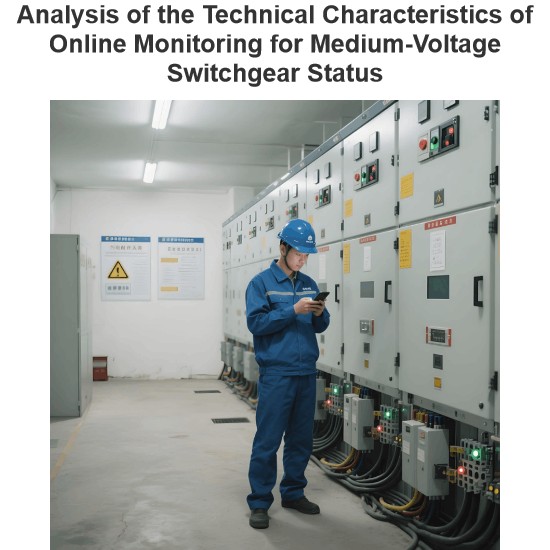What is Overcurrent Relay?
What is Overcurrent Relay?
Definition
An overcurrent relay is defined as a relay that activates only when the current value exceeds the relay's set value. It safeguards the equipment in the power system from fault currents.
Classification Based on Operation Time
Based on the time it takes to operate, the overcurrent relay can be categorized into the following types:
Instantaneous Overcurrent Relay
Inverse Time Overcurrent Relay
Definite Time Overcurrent Relay
Inverse Definite Time Overcurrent Relay
Very Inverse Definite Time Overcurrent Relay
Extremely Inverse Definite Time Overcurrent Relay
Instantaneous Overcurrent Relay
The instantaneous overcurrent relay has no deliberately introduced time delay in its operation. When the current within the relay exceeds the operating value, its contacts close immediately. The time span between the moment the current reaches the pick - up value and the closing of the relay contacts is extremely short.
The most notable advantage of the instantaneous relay is its rapid operating time. It commences operation as soon as the current value surpasses the relay setting. This relay functions only when the impedance between the power source and the relay is lower than the impedance specified for the section.
The key feature of this relay is its operational speed. It protects the system from earth faults and is also utilized to protect the system from circulating currents. The instantaneous overcurrent relay is typically installed in the outgoing feeder.
Inverse - Time Overcurrent Relay
The inverse - time overcurrent relay operates when the magnitude of its operating current is inversely proportional to the magnitude of the energizing quantities. As the current increases, the operating time of the relay decreases, meaning its operation depends on the magnitude of the current.
The characteristic curve of this relay is presented in the figure below. The relay remains inactive when the current value is less than the pick - up value. It is employed for the protection of distribution lines. The inverse - time relay is further classified into three subtypes.
 Inverse Definite Minimum Time (IDMT) Relay
Inverse Definite Minimum Time (IDMT) Relay
The Inverse Definite Minimum Time (IDMT) relay is a type of protective relay whose operating time is approximately inversely proportional to the magnitude of the fault current. The operating time of this relay can be adjusted by setting the time delay. The IDMT relay incorporates an electromagnetic core. This is because the electromagnetic core can readily saturate when the current magnitude exceeds the pick - up current. The IDMT relay is widely used for the protection of distribution lines. It strikes a balance between the speed of response and the selectivity required in such power distribution systems.
Very Inverse Relay
The very inverse relay exhibits an inverse time - current characteristic that is more pronounced than that of the IDMT relay. This type of relay finds applications in feeders and long - distance transmission lines. It is particularly useful in locations where the magnitude of the short - circuit current drops rapidly due to the significant distance from the power source. The very inverse relay is designed to sense fault currents regardless of the fault location. This makes it suitable for protecting long - line sections where the impedance varies along the line, and the fault current magnitude can be highly dependent on the distance from the source.
Extremely Inverse Relay
The extremely inverse relay has a time - current characteristic that shows an even more exaggerated inverse relationship compared to the IDMT and very inverse relays. This relay is commonly employed for protecting equipment such as cables and transformers. In situations where the pick - up value of the current exceeds the relay's setting, the extremely inverse relay can operate instantaneously. It provides fast operation even under fault current conditions, which is crucial for protecting equipment from severe over - currents. Additionally, it is often used to detect overheating in machines, as its characteristic can be tuned to respond quickly to abnormal current increases associated with overheating.
Inverse time relays, including the IDMT, very inverse, and extremely inverse relays, are extensively used in distribution networks and power plants. Their ability to provide rapid operation under fault conditions, owing to their unique fault - time characteristics, makes them an essential component in safeguarding power systems from various electrical faults.
The Electricity Encyclopedia is dedicated to accelerating the dissemination and application of electricity knowledge and adding impetus to the development and innovation of the electricity industry.













